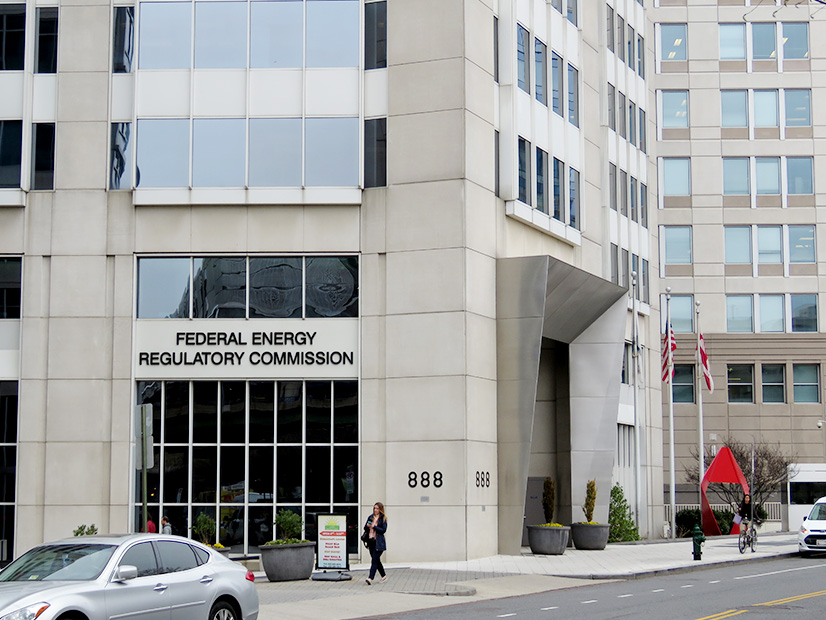FERC on Monday conditionally accepted the New York Power Authority’s (NYPA) proposal to revise its formula rate template in response to its need to bring on large amounts of clean generation.
In its filing with FERC, NYPA sought to “update the allocation methodology for administrative and general costs and expenses as well as depreciation and net plant costs for general plant (A&G), incorporate a transmission rate incentive and a cost containment mechanism for the Smart Path Connect Project, and make certain technical and clarifying improvements to the formula rate template,” the commission noted in the order (ER23-491).
A political subdivision of the state of New York, NYPA is classified as both a “municipality” and “state instrumentality” under the Federal Power Act. The agency has no specific service territory, but it generates, transmits and sells electricity at the wholesale and retail levels throughout New York. Since the creation of NYISO, NYPA has recovered the cost of its transmission facilities through the NYPA Transmission Access Charge (NTAC), which is assessed to most loads in NYISO on a load-ratio share basis.
In seeking the revisions, NYPA asserted that, because of New York’s aggressive climate change initiatives, the organization’s “business focus and investment profile has shifted such that transmission development and construction are the dominant activities,” meaning that the current “single factor ratio allocator is no longer the appropriate allocation.”
NYPA proposed using a “multifactor modified Massachusetts Method of allocation,” arguing that the method “uses an equally weighted average of direct labor, net plant, and net revenue ratios” and “has broad regulatory acceptance and aligns with utility practice.”
The Municipal Electric Utilities Association of New York (MEUA) disagreed, contending that NYPA “failed to demonstrate how the adoption of a multi-factor allocation of A&G costs is just and reasonable.” MEUA argued that using the Massachusetts Method “will likely assign a larger portion of A&G costs to the transmission function recovered in NTAC rates and less to its other profit centers.”
NYPA responded that the changes are simple “nomenclature changes” that would not “have material impacts” nor impose “A&G costs on NYPA’s transmission customers,” providing the commission no reason to rule against the proposals.
However, FERC said its preliminary analysis indicated that NYPA’s revisions might not meet its standard for justness and reasonableness and set the issue to a settlement judge hearing.
“We note that the proposed Formula Rate Template revisions to implement the proposed change in the A&G allocator go beyond NYPA’s assertion that the revisions are only changes in nomenclature or a non-ratemaking change,” the commission wrote. “Further, the incorporation of an allocation methodology is not an ‘accounting change,’ as NYPA asserts. Specifically, the proposed changes to the Formula Rate Template provide for a changed allocation of A&G costs to ratepayers and provide for changes to the Formula Rate Template that allow for the use of new inputs for those costs.”
The commission also pointed out that the Massachusetts Method is typically used by holding companies to allocate A&G costs between the non-revenue generating holding company and its subsidiaries.
“NYPA, however, is a corporate municipal instrumentality and a political subdivision of the State of New York. NYPA’s proposal includes no support for its claim that the Massachusetts Method is appropriate for its specific circumstances and structure,” the commission said.
FERC accepted NYPA’s filing for the proposed rate revisions, making them effective Jan. 23 but subject to refund pending the outcome of the hearing. The commission encouraged parties to the proceeding to reach a settlement before hearing procedures commence within 45 days of the order.


